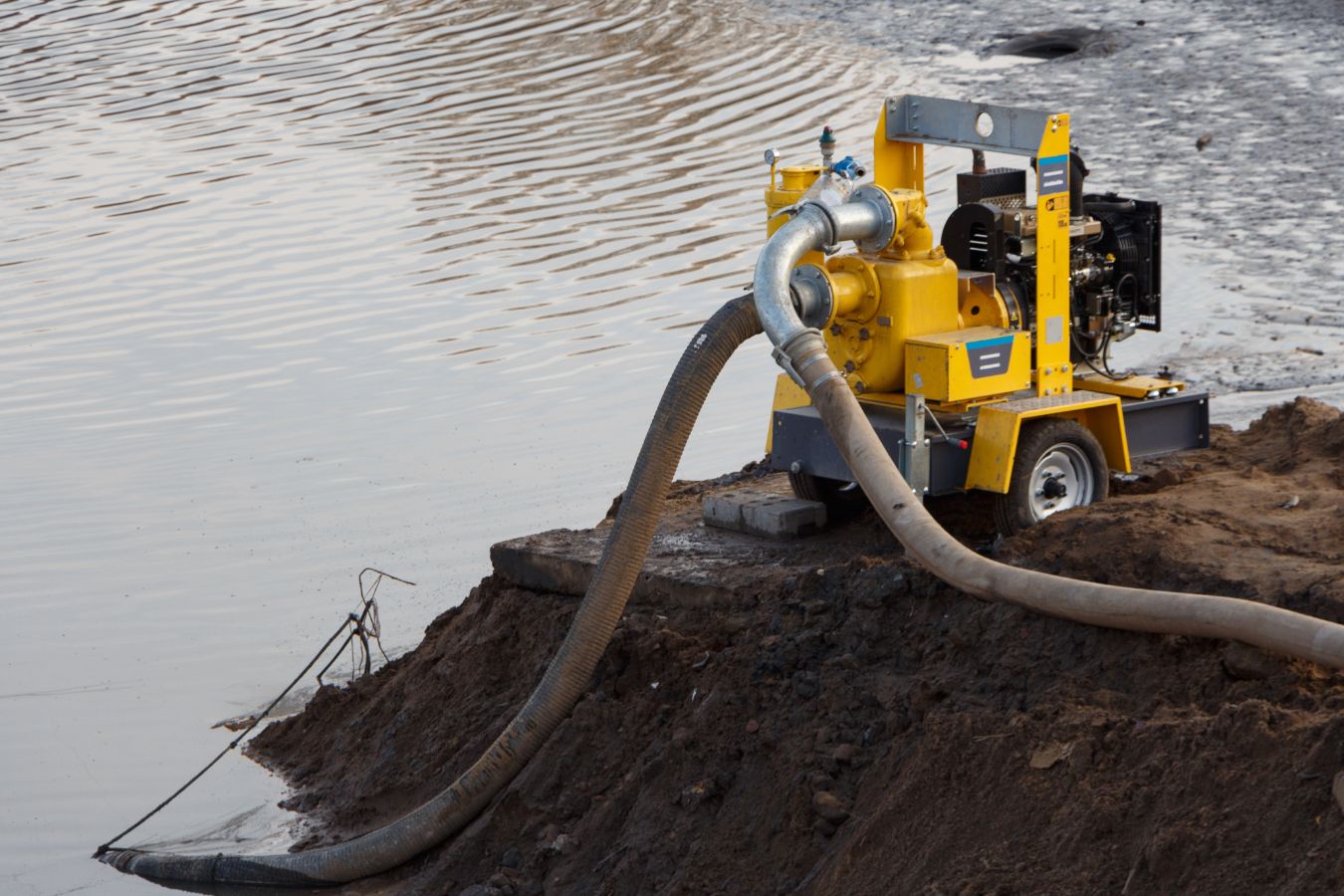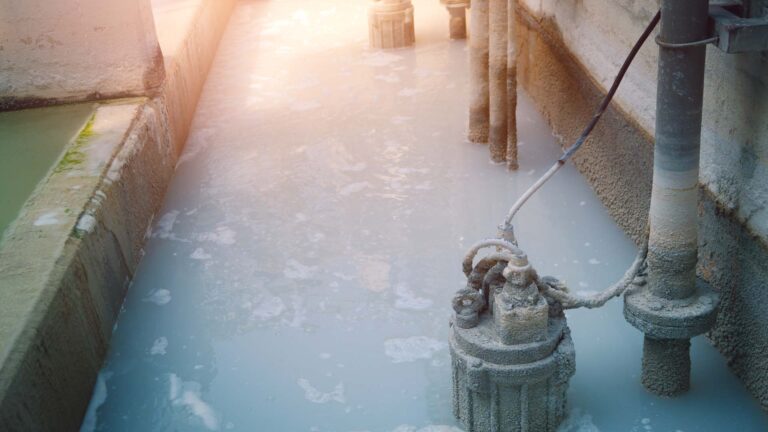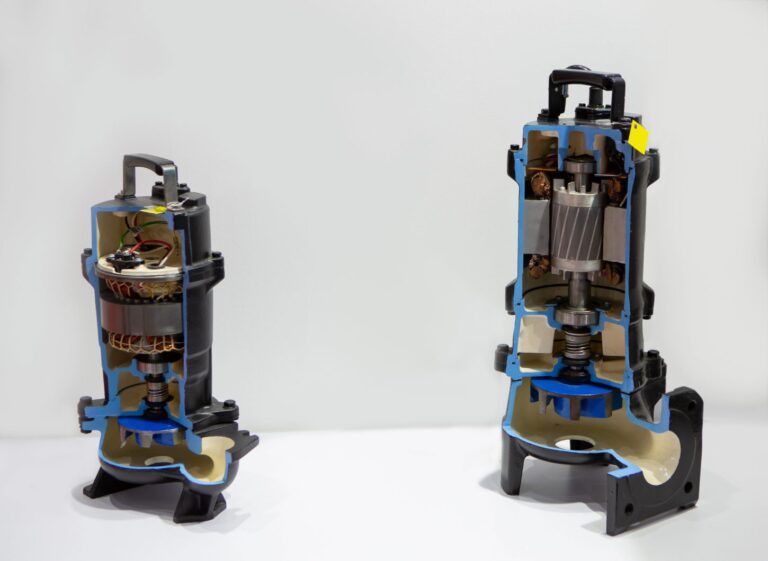In industries such as wastewater treatment, mining, construction, and chemical processing, handling viscous, abrasive, and solid-laden fluids presents a constant challenge. This is where sludge pumps come into play, offering the power and design needed to move heavy sludge, slurry, and debris efficiently. However, selecting the right pump for your operation is not as simple as it seems—especially when choosing between positive displacement pumps and centrifugal pumps. Each pump type offers distinct advantages, from the controlled flow of positive displacement models to the high-capacity performance of centrifugal designs. Additionally, modern solutions, such as the submersible sludge pump, have expanded versatility, making the decision even more complex. In this blog, we’ll explore how these two pump types differ in design, functionality, and applications. You’ll also learn key factors to consider for efficient sludge pumping, which will help you determine the solution that best meets your operational needs.
Sludge Pumps Explained – More Than Just Heavy-Duty Pumps
A sludge pump is designed to handle fluids that contain a high concentration of solids, making it far more robust than standard water pumps. These pumps are designed to transfer thick, viscous materials, such as slurry, mud, or industrial waste, without clogging or losing efficiency. Unlike conventional pumps, which are intended for clean or low-solid liquids, sludge pumps feature larger passageways, wear-resistant materials, and high-powered mechanisms to handle challenging conditions.
One popular variant is the submersible sludge pump, which is placed directly in the fluid it is pumping. This design eliminates the need for priming and is ideal for confined or underwater applications, such as dewatering construction sites or draining sediment-filled tanks.
Sludge pumps are widely used in wastewater treatment plants, mining operations, and dredging projects where moving abrasive or semi-solid mixtures is essential. Their versatility and durability make them a critical tool in heavy-duty sludge pumping operations.
The Mechanics Behind Positive Displacement Pumps
Positive displacement pumps are a common choice for heavy-duty sludge pumping due to their ability to deliver a constant flow, regardless of pressure variations. These pumps work by trapping a fixed volume of fluid within a cavity and then forcing it through the discharge outlet. This process enables them to handle highly viscous fluids, thick slurries, and sludge with high solid content, where other pumps—such as standard centrifugal designs—may struggle.
There are several types of positive displacement pumps commonly used as sludge pumps, including piston pumps, diaphragm pumps, progressive cavity pumps, and rotary lobe pumps. Each type is designed to handle specific viscosities and solid contents, making them adaptable to various industrial applications. For example, diaphragm pumps are ideal for applications requiring chemical resistance and minimal shear, while progressive cavity pumps excel at moving abrasive sludges over long distances.
Advantages:
- Provides consistent and accurate flow, making it ideal for dosing or metering operations.
- Excellent at handling high-viscosity fluids and high solid loads.
- Self-priming capabilities enable operation without the need for extensive priming systems.
Limitations:
- Typically, lower flow rates are compared to centrifugal pumps.
- More moving parts can lead to higher maintenance and repair costs.
- May require careful monitoring to avoid overpressure or system damage.
Understanding Centrifugal Sludge Pumps

Centrifugal pumps are among the most widely used sludge pumps due to their ability to handle large flow rates and relatively simple design. They operate by using a rotating impeller to impart kinetic energy to the fluid, which is then converted into pressure as it moves through the pump casing. This makes centrifugal pumps particularly effective for transferring large volumes of liquid mixed with moderate amounts of solids, such as in municipal wastewater systems or construction dewatering.
A submersible sludge pump is a common centrifugal design, where the motor and pump are sealed and submerged directly in the fluid. This eliminates the need for suction lift and simplifies installation, making them suitable for flooded areas, ponds, or deep tanks. Submersible pumps also reduce priming issues, which is a key advantage when dealing with sludge or slurry.
Advantages:
- High flow capacity makes them ideal for quickly moving large volumes.
- A simple and compact design with fewer moving parts, resulting in lower initial costs.
- Submersible options are versatile and easy to deploy in challenging environments.
Limitations:
- Performance drops when handling highly viscous sludge with large solid particles.
- Requires priming (except for submersible types) before operation.
- Impellers and casings may experience faster wear when exposed to abrasive materials, increasing maintenance needs.
Side-by-Side Comparison: Which Pump Fits Your Needs?
Choosing between a positive displacement pump and a centrifugal pump for sludge pumping depends on factors like flow rate, fluid viscosity, and solids content. While both pump types are designed to handle sludge, their performance and suitability vary based on application demands. Positive displacement pumps excel in moving thick, viscous sludge with precision and consistent flow, while centrifugal pumps are better suited for high-volume operations with lower-viscosity fluids.
Below is a quick comparison to help you evaluate which type of sludge pump might work best for your needs:
| Feature | Positive Displacement Pump | Centrifugal Sludge Pump |
| Flow Consistency | Constant, unaffected by pressure changes | Flow varies with system pressure |
| Viscosity Handling | Excellent for high-viscosity sludge | Performs best with low to medium viscosity |
| Solids Handling | Handles larger solids without clogging | Limited solid size capacity |
| Maintenance | Higher due to more moving parts | Lower, simpler design |
| Energy Efficiency | More efficient for high-pressure applications | More efficient at high flow rates |
| Submersible Options | Less common | Widely available (submersible sludge pump) |
| Cost | Higher upfront and maintenance costs | Lower initial cost |
| Applications | Metering, thick slurry, heavy-duty sludge transfer | Large volume, wastewater, construction sites |
Factors to Consider Before Choosing a Sludge Pump
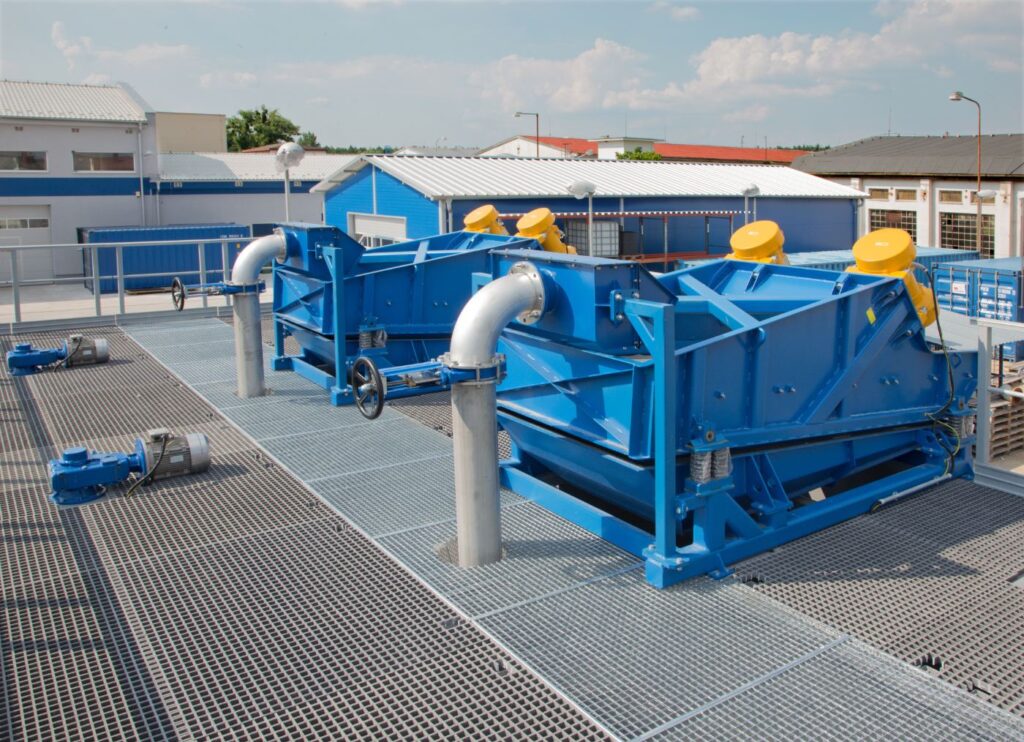
Selecting the right sludge pump involves more than simply comparing designs. Each application has unique requirements related to fluid properties, operating conditions, and maintenance expectations. Evaluating these factors will help ensure efficient sludge pumping while minimizing downtime and costs.
1. Nature of the Fluid
Consider the viscosity, abrasiveness, and solids content of the sludge. Positive displacement pumps are better suited for thick, highly viscous sludge, whereas a submersible sludge pump (typically centrifugal type) works well for fluid mixtures with moderate solids content.
2. Required Flow Rate and Pressure
Centrifugal pumps excel at high flow rates but lose efficiency with increasing pressure. Positive displacement pumps maintain a constant flow under varying pressures, making them ideal for applications that require precision.
3. Installation and Space Constraints
If the pump needs to operate in a submerged or confined space, a submersible sludge pump offers a compact and hassle-free installation compared to other setups.
4. Maintenance and Operating Costs
Evaluate the long-term maintenance requirements and spare part costs. Positive displacement pumps often have higher maintenance needs, while centrifugal pumps, with fewer moving parts, are generally more cost-effective.
5. Energy Efficiency
Match the pump type to the expected workload. Oversizing or selecting the wrong pump can result in unnecessary energy consumption and premature wear.
Best Practices for Efficient Sludge Pumping
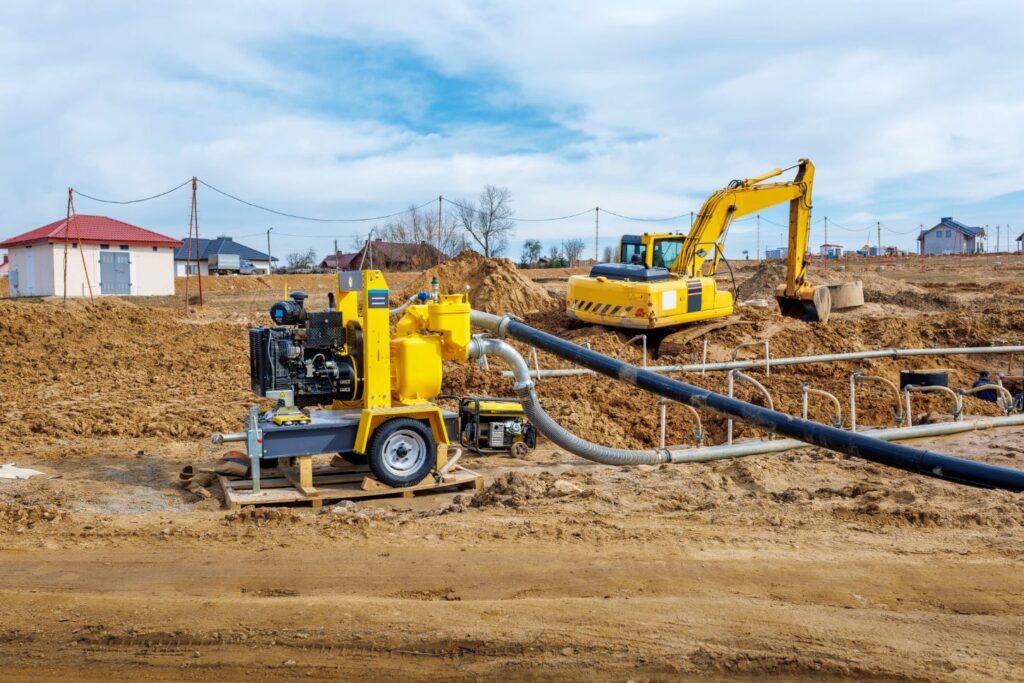
Efficient sludge pumping requires not only choosing the right pump but also implementing proper operational and maintenance practices. Whether you use a positive displacement pump or a submersible sludge pump, adhering to the following best practices can help optimize performance and minimize downtime.
1. Proper Pump Sizing and Selection
Select a sludge pump that matches the viscosity, flow rate, and solids content of your application. Undersized pumps will struggle with performance, while oversized pumps waste energy and can cause unnecessary wear.
2. Routine Maintenance and Inspections
Regularly check impellers, seals, and bearings for signs of wear, especially when handling abrasive materials. For positive displacement pumps, monitor and replace worn rotors or diaphragms to maintain consistent performance.
3. Use of Wear-Resistant Materials
Select pumps with abrasion-resistant coatings or liners to minimize damage from solids and extend the life of components. This is particularly important in harsh environments, such as those found in mining or wastewater treatment.
4. Optimize Pump Speed and Operation
Running pumps at optimal speeds helps avoid cavitation, reduces energy consumption, and extends equipment life.
5. Monitor System Performance
Track suction and discharge pressure, flow rates, and energy use to quickly identify and correct any operational issues.
Picking the Right Sludge Pump
Choosing between a positive displacement pump and a centrifugal sludge pump depends on your specific application requirements, such as fluid viscosity, solids content, and desired flow rate. Positive displacement pumps excel in precise, high-viscosity sludge pumping, while centrifugal pumps—especially submersible sludge pumps—are ideal for high-volume operations with moderate solids. Evaluating factors like maintenance needs, energy efficiency, and installation conditions will help ensure long-term performance and cost savings.If you’re unsure which pump is the right fit for your project, expert guidance can make all the difference. At Lone Star Dredging, we offer customized pumping solutions tailored to meet the unique challenges of industrial and dredging applications. Contact us today to discuss your requirements and find the most efficient, durable, and cost-effective pump for your operation.

